How To Deadhead Pansies For More Blooms
Learn how to deadhead pansies for more flowers with this step by step guide!
Fall is here and with it arrive beautiful jewel toned pansy plants. These gorgeous flowers love cold weather, are easy to grow, and brighten up the flower beds with their bold colors.
You can keep your plants healthier and promote the growth of new flowers by regularly removing any faded blooms. Join us as we share easy step by step pansy deadheading instructions!

Pansies, are known as Viola x Wittrockiana in Latin, are one of the rare flowers that thrive in the cold weather of fall and early spring.
To deadhead these gorgeous fall flowers, simply follow the spent flower bloom to the base of the stem, and remove by pinching with your fingers or cutting with a small pair of pruners or scissors. Keep reading for details!
Why You Should Deadhead Pansies
We picked up several containers overflowing with gorgeous pansies this week, and we’ve planted them in our lovely fall pumpkin planters as well.
I try to keep these fall flowers deadheaded regularly because doing so stimulates the plants to rebloom, and it also helps keep them clean and healthy.
Here are the top reasons why you should consider deadheading pansies:
- Plant appearance + health: Once the flower is done blooming it will begin to wilt, become discolored, and even rot on the plant in rainy weather. These unsightly blooms take away from the beauty of the plant and can sometimes harbor disease. Regularly removing the blooms will keep the plant looking vibrant and healthy through the growing season.
- Stop Seed Production: Like all flowers, when pansies are not deadheaded they put their energy into creating seed pods. While this can be a good thing for promoting additional new plants, the goal is to get as many blooms as we can during the season. Deadheading the spent flower in the right spot will encourage the plant to put it’s energy into more blooms.
- Promotes New Blooms: Finally, removing faded flowers will encourage the plant to put it’s energy into NEW blooms rather than seeds. This means you can get dozens of beautiful flowers from one pansy plant. Make sure to also support the growth of all these blooms with a quality flower fertilizer.
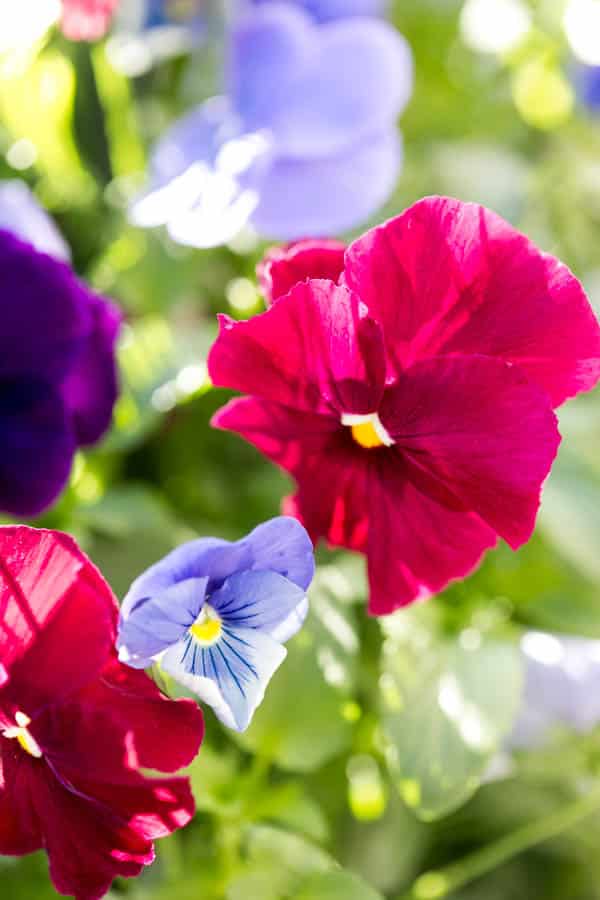
Did you know? Pansies begin to bloom in late winter, stop blooming in mid to late summer, and flower again in fall (zone dependent). They truly love cooler weather! They thrive in full sun to partial shade, making them a versatile flower. Use them to brighten up flower beds, window boxes and containers.
This post contains affiliate links. If you click through and make a purchase, we may make a small commission at no extra cost to you. Thank you.
When To Deadhead
Pansy flowers will show obvious signs when they are done blooming. Old flowers have a withered look and the colors will fade. The flower petals may begin to fall off. The entire flower head droops down and the petals crumple together:

The spent flowers can be deadheaded at any time during the growing season, and with proper care the plants will bloom all throughout fall and spring.
We recommend checking your plant every five to seven days for spent flowers. The best time to deadhead is when you are out watering as you are already out in the garden. Just grab your pruners and watering wand and get both tasks done at the same time!
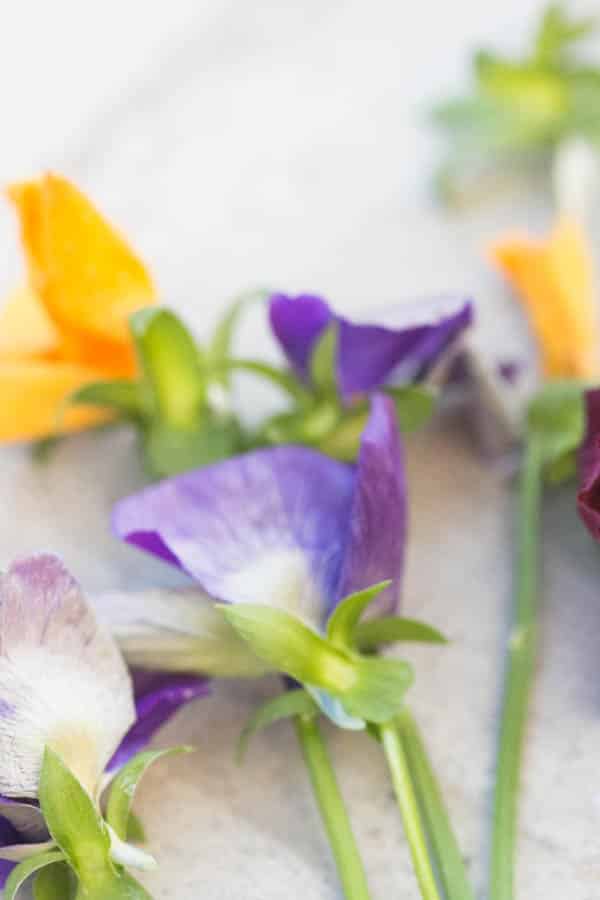
How To Pinch Off Pansy Flowers
Deadheading blooms from these fall plants is incredibly easy, but you need to be gentle when doing so to prevent damage to the plant. Once you’ve located the flower bloom, simply follow the flower stem down to the first set of leaves.

Use your fingers or a small pair of pruners (or scissors) to remove the flowers. Pinch or cut the flower off at the base of the leaves. Remember, deadheading in this specific spot will stimulate new growth of these beautiful flowers.
Sometimes the flower head will have already fallen off and you’ll just see the empty based of the flower and the stalk. Remove these old blooms the same way.
Gardener’s tip: Make sure not to disturb the leaves when pruning, which can cause damage to this delicate plant.
Pansies are a delicate flower, so it’s a good idea to be careful as you remove spent flower blooms so that you do not damage the other flowers. Many gardeners prefer to just pinch the stem with just their finger tips when removing old flowers.

If you use your fingers, be sure not to tug on the plant when removing the old bloom. This can cause damage to the plant.
Personally, I like to use a small pair of pruners or scissors when deadheading, because it gives more control when cutting the stem.
Many people make the mistake of removing JUST the flower head. Doing so will leave you with a long flower stalk with no flower on the end, and this method will not encourage the plant to produce more blooms. So be sure to follow the stem down to the base of the plant and remove the flower stem along with the flower head.
Learn how to take beautiful up close photos of flowers here.
Pruning Pansies: Step By Step
It’s always nice to get very clear on what you are doing in gardening. Here’s a step by step photo guide on how to remove spent pansy blooms:
1. Make sure the cutting device is clean. You can use rubbing alcohol to quickly clean the pruners. This will prevent the spread of disease. If using your hands, give them a quick wash with soap.
2. Identify faded flowers. Remember that a spent flower will be faded in color, withered, and losing petals. Do not confuse old flowers with NEW pansy blooms! Here is a side by side comparison. Sometimes the new flowers get confused for spent blooms.

3. Prune the spent flower: Carefully follow the stem of the pansy plant down to the base of the leaves, making sure not to damage the delicate blooms and foliage. Dead head the flower at the base of the flower stem by making a clean cut.
4. Compost. Compost the leftover faded blooms
5. Check foliage. Remove any damaged plant foliage at this time. If you see any damaged leaves, powdery mildew, or rot, remove it immediately.
General Care For Growing Pansies
In addition to deadheading properly, you can get more blooms out of your pansy plant if you treat them right. This means giving them the correct soil, light, fertilizer and water.
Here are a few quick tips on making sure your pansies get pampered the way that they need:
- Proper spacing. Giving your pansy plants enough space in between the flowers will prevent the spread of diseases. This is especially important if you are growing the plants in your flower beds and want them to last for a long time.

- Provide fertile, well-drained soil for your plants. Make sure the soil has plenty of drainage and container grown pansies have moist soil with drainage holes
- As cool-weather plants pansies do best in part sun. 4-6 hours of sunlight will encourage flower production, but too much heat and sun will slow it down.
- Pansies need regular watering and are not drought tolerant. Check the soil daily and water when the top inch is dry
- A balanced liquid fertilizer will support healthy plants and lots of blooms throughout the flowering season
Final Thoughts
Pansies are a popular plant that feature vibrant green foliage and a variety of vibrant colors. As short-lived perennials, they are one of the first flowers to appear in spring and they can also be enjoyed during the fall and winter months.

These gorgeous fall flowers are a popular choice for container gardening, and they will produce many blooms when deadheaded regularly! Follow our simple deadheading tips to ensure your plants produce flowers all season long.

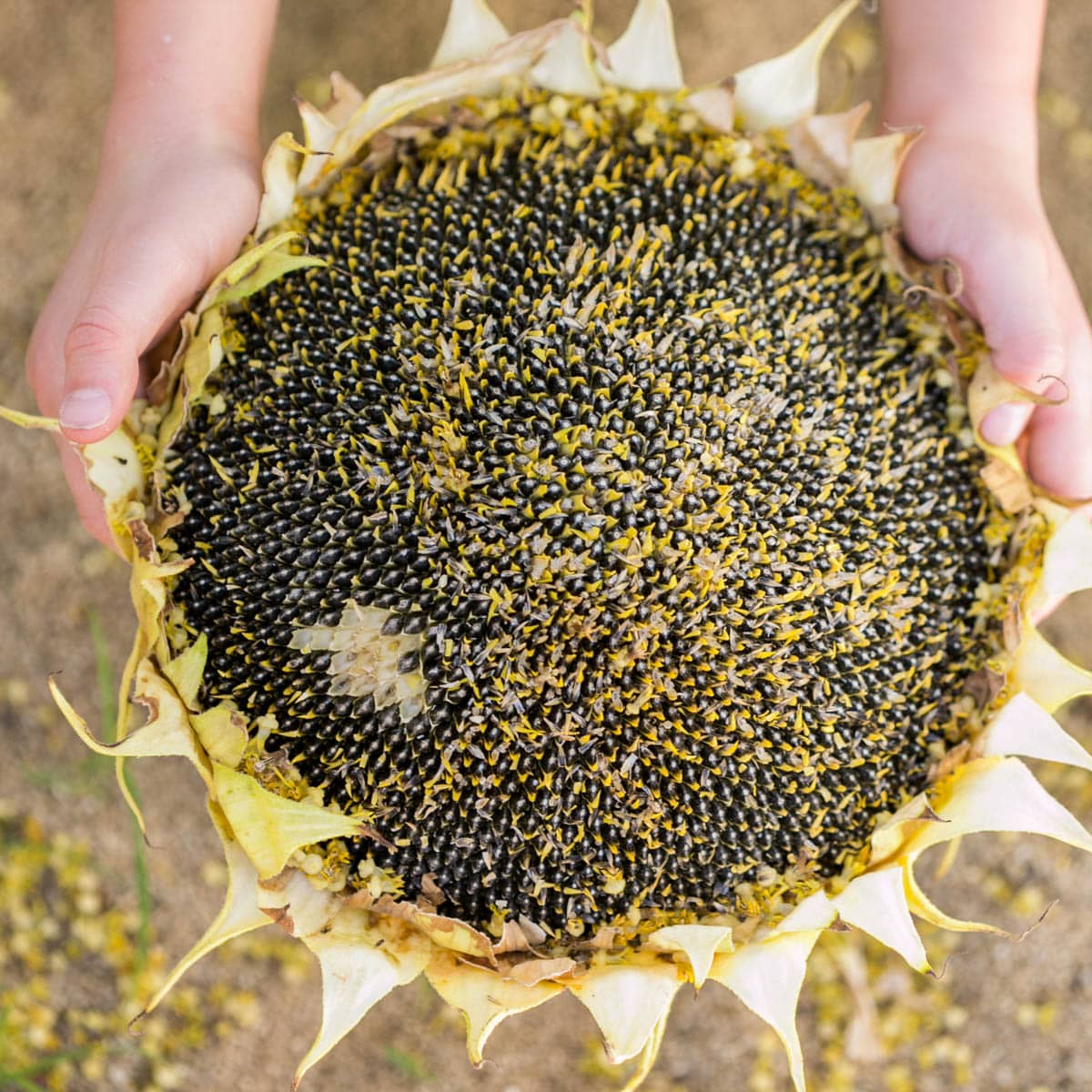
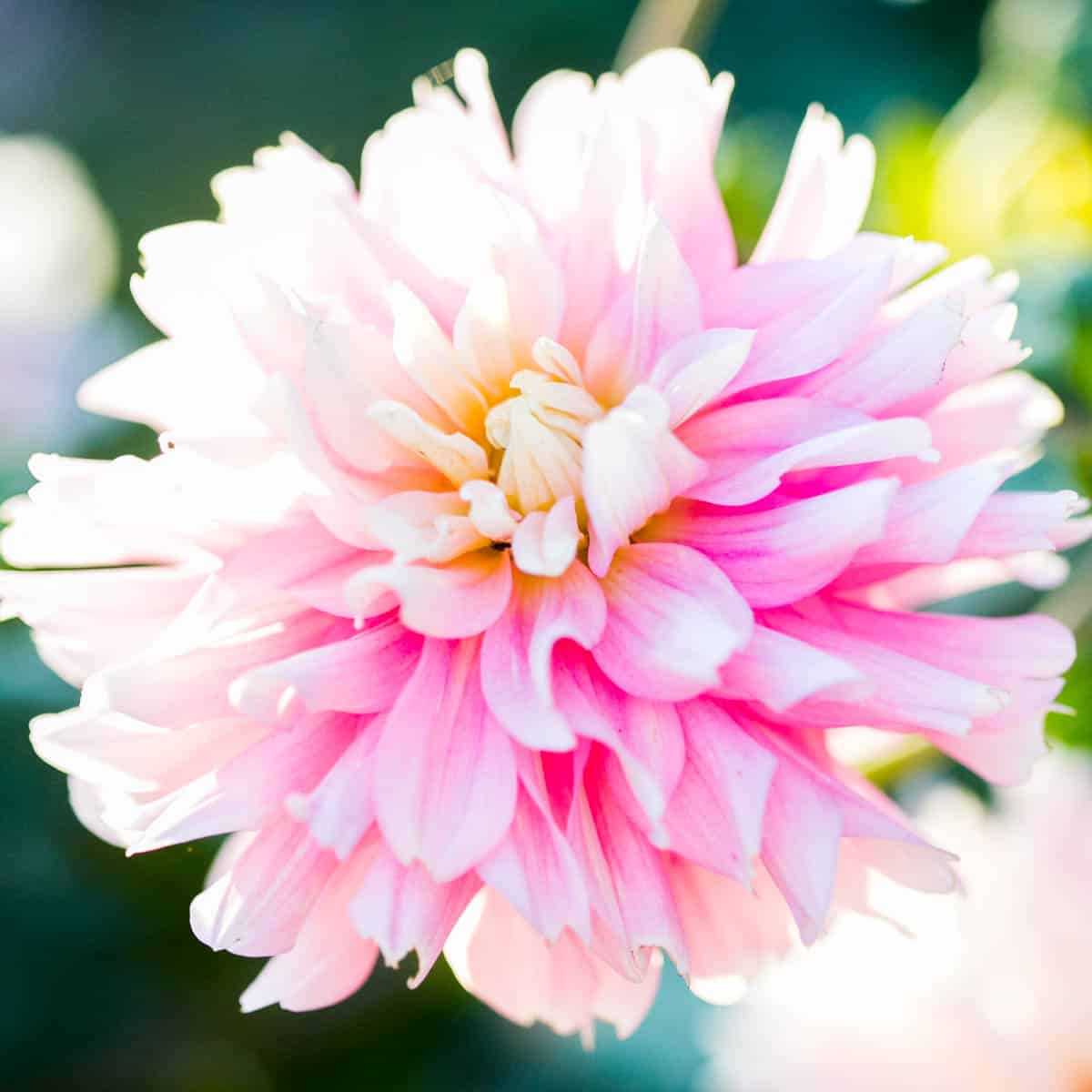
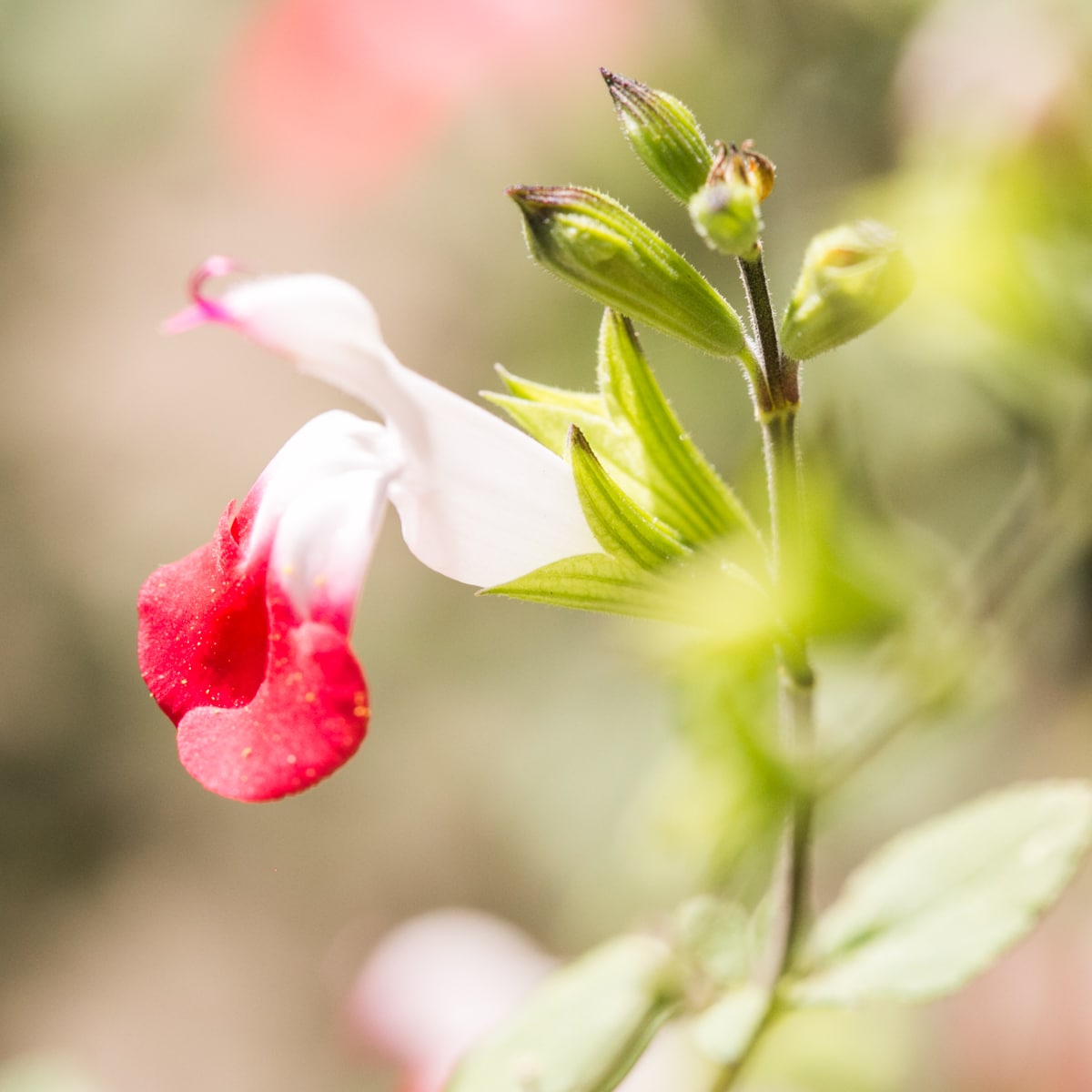
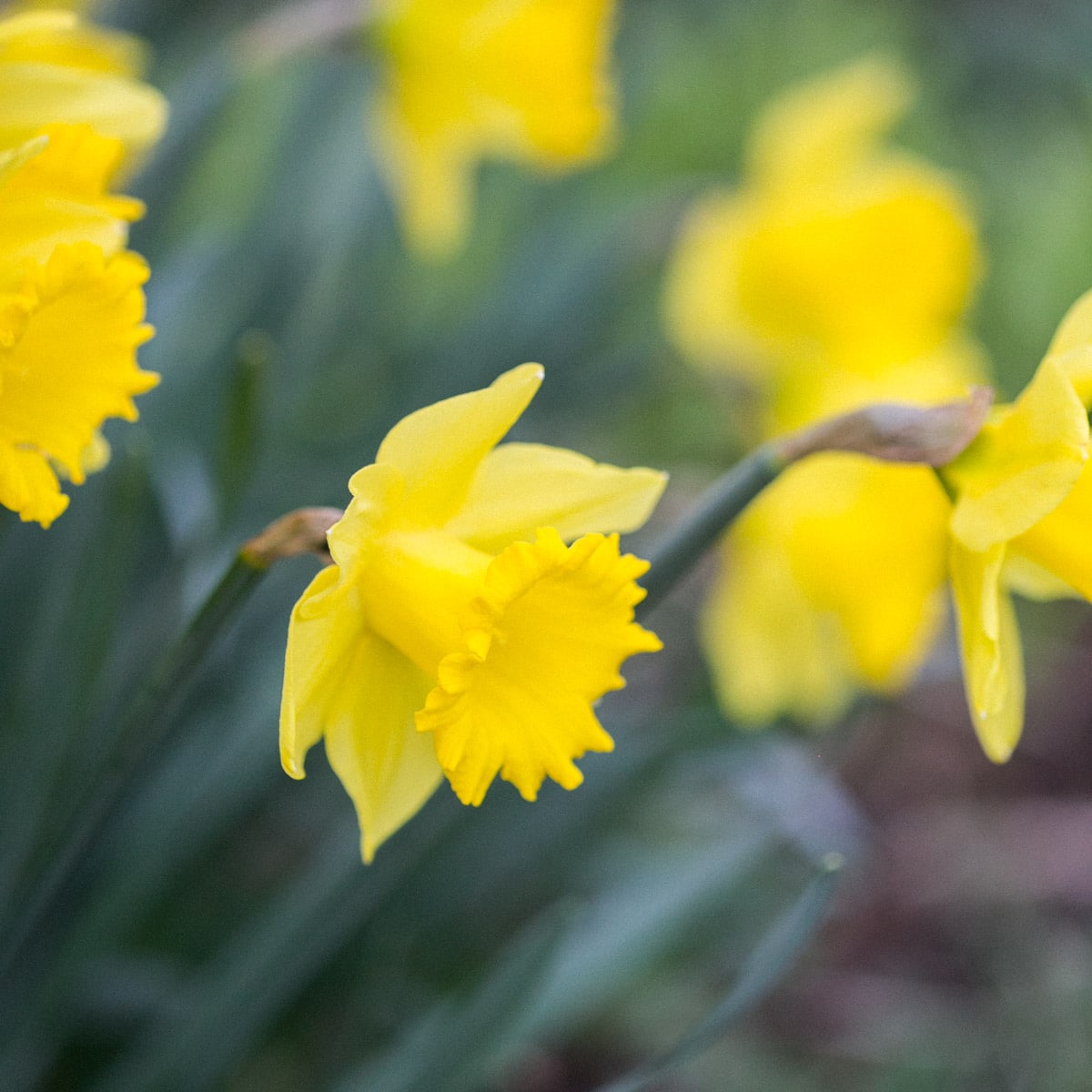
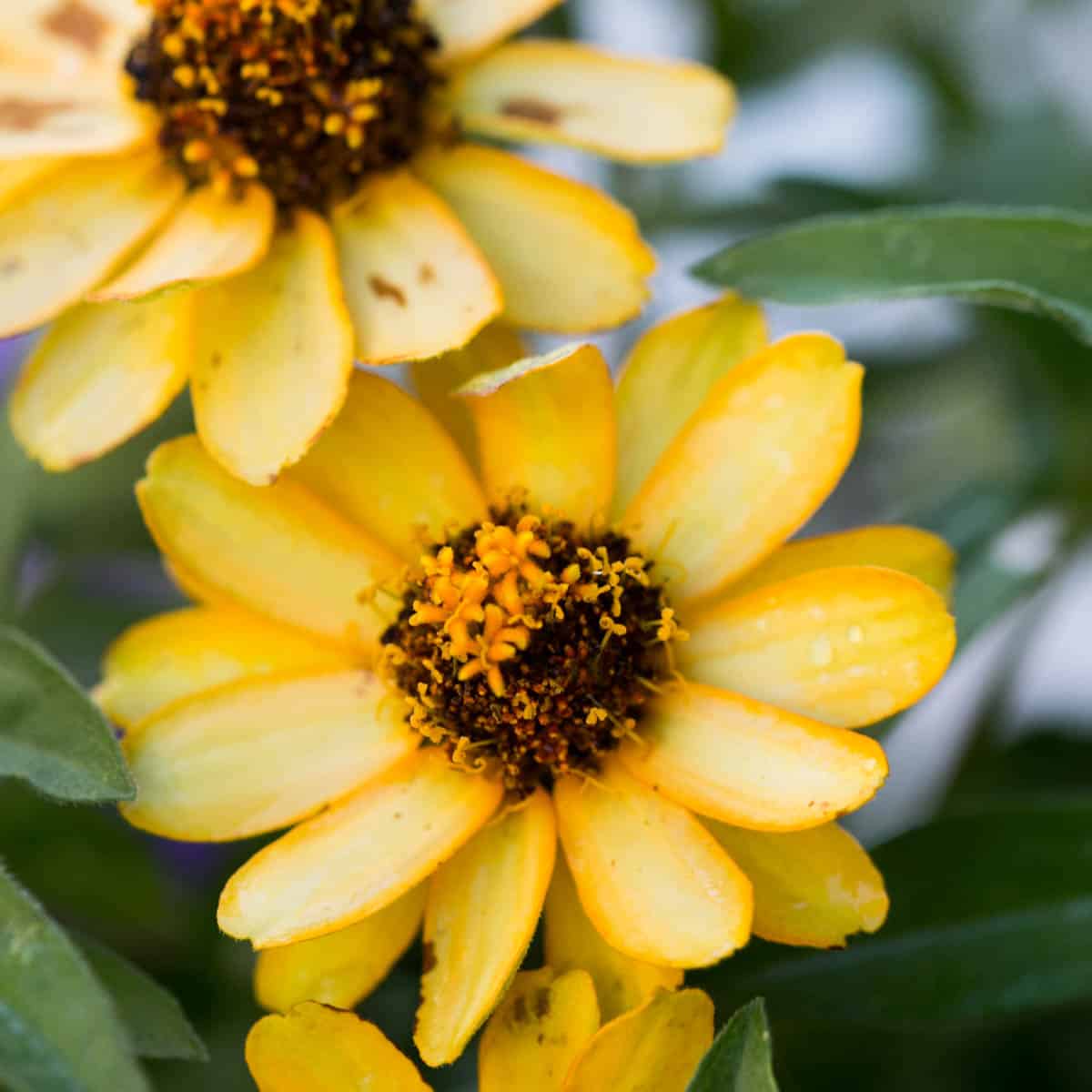
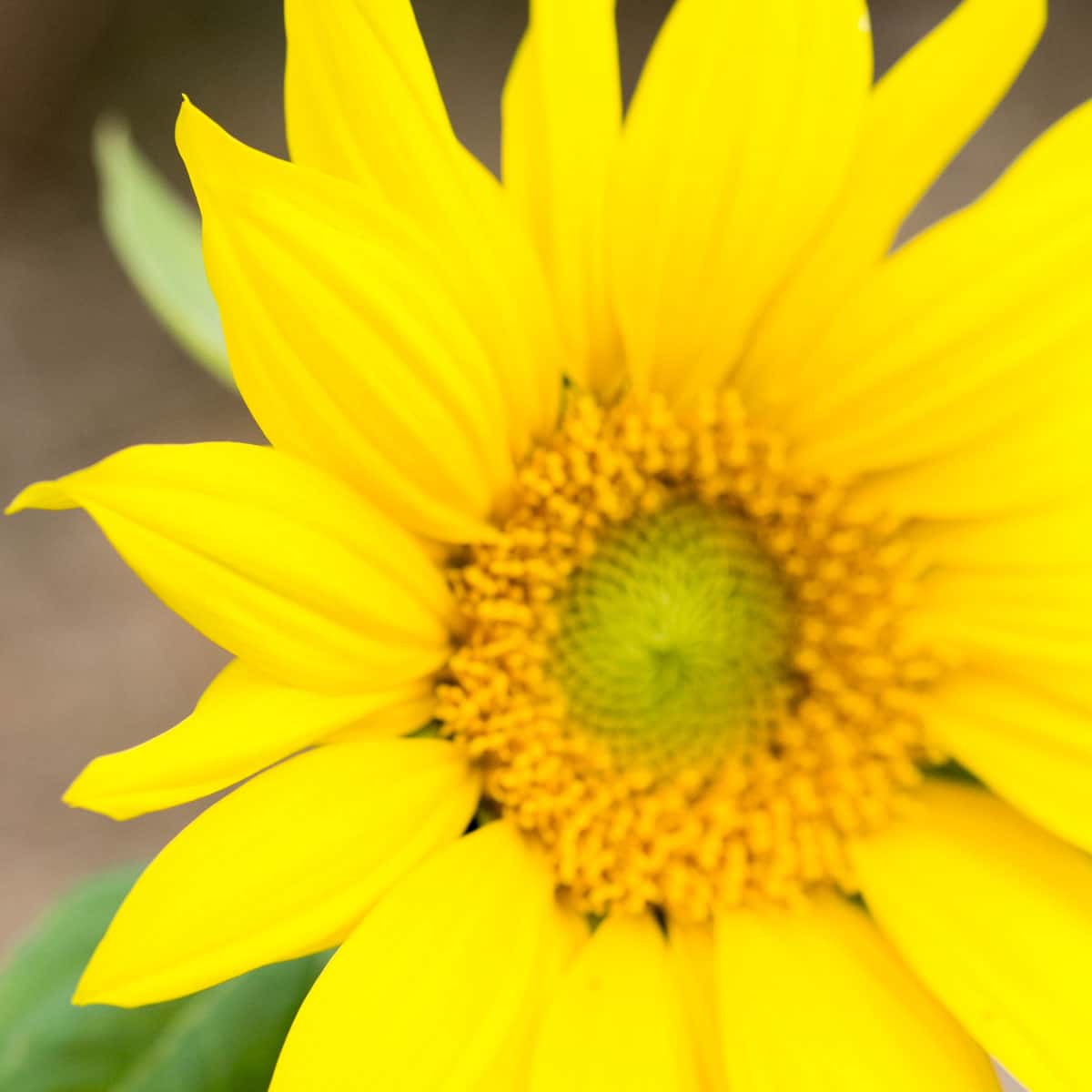
Needed this info thanks so much
Hi Sue,
So glad you found it useful. Have a lovely autumn!
Jamie